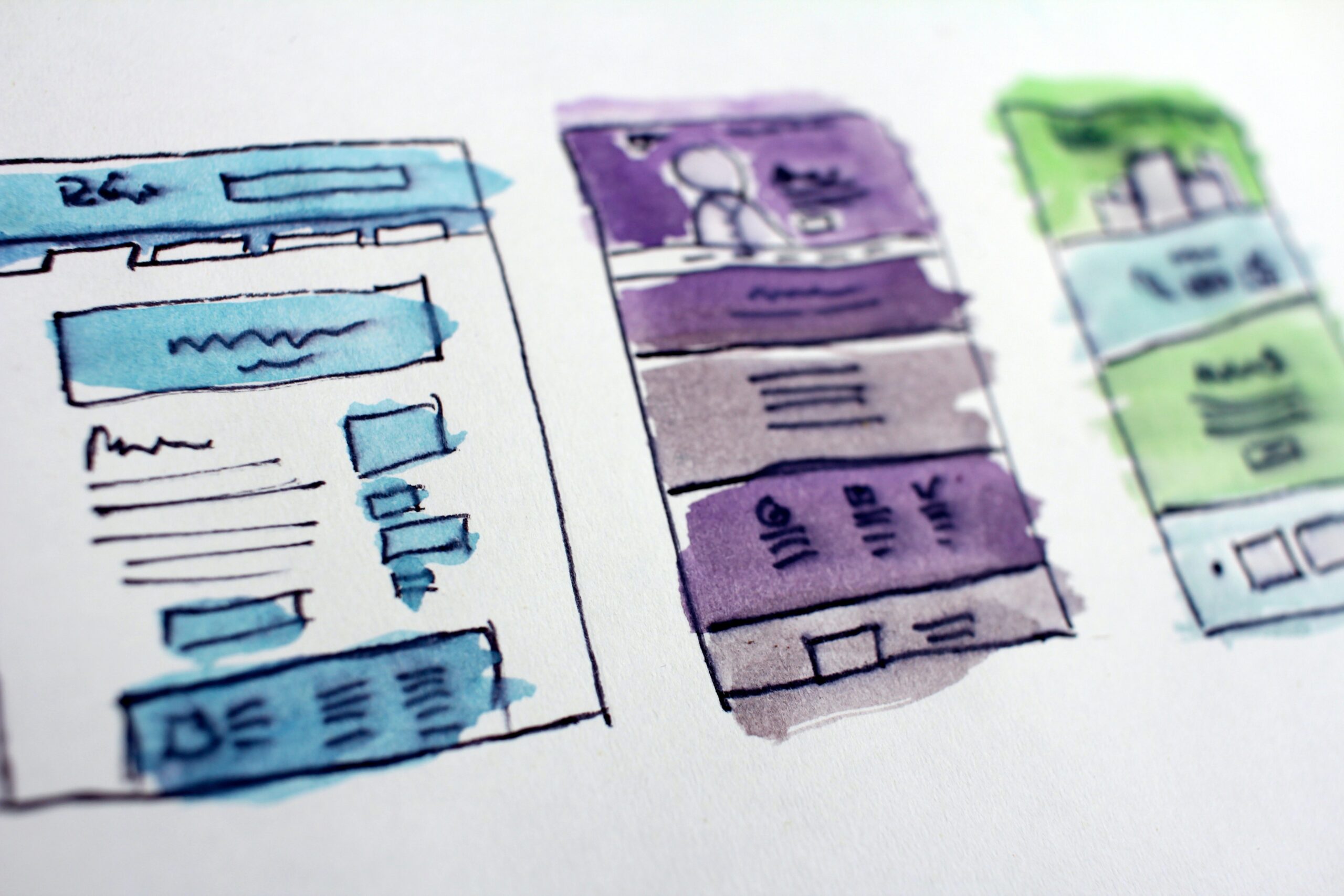Software as a Service (SaaS) is reshaping digital twin technology, making virtual simulations of real-world systems accessible and affordable. This transformation allows businesses of all sizes to boost efficiency and predictive maintenance without the hefty costs associated with traditional software models.
SaaS stands out for its flexibility and scalability, enabling companies to tailor digital twins to their specific needs and easily integrate the latest technological advancements. This adaptability is essential in the rapidly evolving tech landscape.
In this article, we will explore how SaaS is revolutionizing digital twin technology, allowing organizations to simulate and interact with real-world systems more effectively, leading to smarter, more efficient operations.
What Are Digital Twins?
At its core, a digital twin is a dynamic, virtual model of a physical object, process, or system. Leveraging data from sensors installed on the physical object, it replicates the real-world entity in a digital space. Their aim is to ensure the virtual model updates in real time, mirroring any changes in the real world. Digital twins find use in a multitude of sectors – from manufacturing to urban planning and healthcare.
Digital twins serve several purposes:
- Simulating wear and tear enables them to forecast maintenance needs.
- Users get insights into performance enhancement.
- Users get a sandbox for testing new ideas without real-world risks.
SaaS: The Key to Unlocking Digital Twins
SaaS makes advanced digital twin technology accessible. Think about scalability. SaaS platforms grow with your business, smoothly and effectively. This flexibility matters. In today’s fast-paced market, businesses need solutions that adapt quickly.
Cost efficiency comes next. SaaS slashes the need for heavy investments. Say goodbye to expensive hardware and specialized software. Even small startups can now harness the power of digital twins. This levels the playing field.
Let’s talk about accessibility. With SaaS, your workspace is everywhere. This global access fosters collaboration. It ensures decisions are timely and informed. Integration? SaaS blends effortlessly with existing tools, enhancing functionality.
Transforming Industries
Digital twins do more than replicate physical objects. They simulate complex systems. This capability is reshaping industries.
Consider manufacturing. Here, digital twins monitor and optimize production lines. They predict breakdowns before they happen, saving time and money. In urban planning, digital twins model cityscapes and traffic flows. They help planners make smarter decisions, improving city life.
Healthcare sees remarkable benefits too. Digital twins simulate patient flow and medical procedures. This leads to better resource management and patient care.
Big Players Leading the Charge
Microsoft Azure Digital Twins
Microsoft Azure Digital Twins stands out. It allows users to create comprehensive digital models. These models integrate seamlessly with IoT devices. The result? Unprecedented insights into complex systems.
IBM Maximo
IBM Maximo is another big name, and it’s more than just asset management. Maximo uses AI to optimize operations. It integrates real-time data from various sources. This integration helps businesses predict, maintain, and optimize assets.
Siemens MindSphere
Siemens MindSphere takes it further. It connects physical infrastructure to the digital world. MindSphere gathers vast amounts of data from IoT devices. Then, it turns this data into actionable insights. This is crucial for industries like manufacturing and energy.
GE Digital’s Predix
GE Digital’s Predix offers a robust industrial IoT platform. It’s designed for heavy industries like aviation and energy. Predix helps in monitoring equipment and analyzing operational data. This leads to improved efficiency and reduced downtime.
Dassault Systèmes’ 3DEXPERIENCE
Dassault Systèmes’ 3DEXPERIENCE isn’t just a platform; it’s an innovation hub. It specializes in providing 3D modeling and simulation capabilities. Industries ranging from aerospace to fashion use it to create realistic digital twins.
Bentley Systems’ iTwin
Bentley Systems’ iTwin brings something special for infrastructure projects. It’s known for advanced simulation of large-scale constructions. iTwin helps in planning, constructing, and managing infrastructure more effectively.
SAP Digital Twin
SAP’s entry into this space, the SAP Digital Twin, integrates enterprise data with digital twin technologies. This combination is powerful for supply chain management and manufacturing processes.
ANSYS Twin Builder
ANSYS Twin Builder focuses on the simulation aspect. It’s popular in engineering and manufacturing for its ability to predict the performance of machines and systems under various conditions.
TWINOAKS
TWINOAKS is carving a niche in the digital twin space. Its platform excels in creating dynamic, real-time models for complex systems. It’s finding its ground especially in smart city projects and environmental simulations.
Vanti Analytics
Vanti Analytics steps in with a unique proposition. It leverages AI to simplify the creation and management of digital twins. Targeted towards manufacturing and industrial IoT, it promises to streamline operations and reduce costs.
Startups: Innovating the Future
UrsaLeo
UrsaLeo is making waves. This startup focuses on 3D digital twins. Their platform supports advanced visualizations. This makes complex data more accessible and easier to understand.
Cityzenith
Cityzenith stands out in urban planning. Their SmartWorldOS platform offers something unique. It’s designed for digital twin technology in cities. It helps urban planners model and manage city infrastructure.
TwinThread
TwinThread targets industrial operations. Their approach simplifies predictive operations. They offer insights that help in reducing downtime and improving efficiency.
Rendered.ai
Synthetic data is the new gold in AI training, and Rendered.ai knows this. Their platform generates this data when real-world data is scarce or tough to get. This approach is crucial for fine-tuning digital twin models, especially in complex scenarios.
Seebo
Seebo is a standout with its process-centric approach. They specialize in industrial IoT, using predictive analytics to avert operational disruptions. This focus on machine learning is a big deal for manufacturers seeking efficiency and reduced downtime.
Spacemaker
Think urban planning, think Spacemaker. They target architects and urban developers with an AI-powered tool. This tool helps in optimizing building site potential. It’s a major player in creating sustainable and efficient urban spaces.
Prescient Designer
Integration can be a headache, but not with Prescient Designer. They make combining IoT systems with digital twins straightforward. Their platform is all about quick prototyping and deploying IoT solutions, key for businesses eager to leverage digital twins in real-time.
Element Analytics
Data overload is real, especially in industries like mining and oil & gas. Element Analytics steps in here. Their platform tunes industrial data, making it more useful and accessible. This is crucial for decision-making in these data-heavy sectors.
Moicon
Large facilities are tough to manage, but Moicon is changing this narrative. Their digital twin platform is tailored for managing places like plants and warehouses. It offers insights and control levels previously unseen in facility management.
The Impact of These Innovators
These startups are doing more than just adding services. They’re transforming how industries work.
Enhancing AI with Rendered.ai
AI gets better with better data. Rendered.ai’s synthetic data approach means AI models in digital twins are more accurate and efficient. This is huge for sectors where real-world data is a rare commodity.
Driving Efficiency with Seebo and Element Analytics
Preventing downtime is critical in manufacturing. Seebo and Element Analytics shine here. Their IoT and data harmonization capabilities mean less waste and more productivity.
Redefining Urban Development with Spacemaker
Urban planning is evolving thanks to Spacemaker. Their AI insights help architects design better, more sustainable spaces. This is vital in our overcrowded urban landscapes.
Streamlining Operations with Prescient Designer
Integrating IoT shouldn’t be a puzzle. Prescient Designer simplifies this, enabling businesses to quickly benefit from IoT in digital twins. This leads to better, real-time operational decisions.
Transforming Facility Management with Moicon
Facility management is stepping into the future with Moicon. Their platform brings a new level of efficiency to an area traditionally bogged down by manual processes.
Steps of Implementation
Deploying digital twins with SaaS isn’t rocket science. It’s about getting things right from the start. Here’s a playbook for a no-nonsense approach.
Step 1: Nail Down Your Goals
What’s the end game? Reducing production errors? Enhancing product designs? Your goals drive the whole project. They’re your North Star. For instance, a car manufacturer might target zero defects in engine assembly.
Step 2: Pick the Right SaaS Partner
This step is huge. Your choice of SaaS provider can make or break the project. Look for proven expertise in digital twins. Industry experience counts. Scalability matters, so choose a provider like Siemens, known for its robust digital twin tech.
Step 3: Tech Check
What tech gear do you need? IoT sensors, data analytics tools, the works. Make sure they align with your project’s goals. For a manufacturing line, you’ll need sensors that can withstand harsh conditions.
Step 4: Set Up Data Collection
This is where the rubber meets the road. Get those IoT devices up and running. They’re your data lifeline For instance, sensors on turbines can provide real-time performance data in an energy plant.
Step 5: Build the Twin
Work hand-in-hand with your SaaS provider. You’re crafting a digital mirror of your physical system. Accuracy is non-negotiable. For a city’s water supply system, for instance, the digital twin must accurately reflect all pipelines and valves.
Step 6: Do a Test Run
Kick things off with a pilot. It’s your digital twin’s first real-world test. Iron out the kinks here. As an example, you can do a pilot run in a single factory section before a full-scale rollout.
Step 7: Full-Scale Implementation
Showtime. Roll out your digital twin. Training is critical. Everyone needs to be on board. Deploy the twin across all manufacturing lines, with staff trained on its use.
Step 8: Monitor, Tweak, Repeat
Keep tabs on performance. Use insights for continuous improvement. It’s an ongoing process. Adjust the model as you gather more data on machine wear and tear.
Step 9: Feedback Loop
What’s working? What’s not? Feedback is gold. Use it to innovate and adapt.Operator feedback can lead to interface improvements for easier use.
Challenges Along The way
When integrating digital twins with SaaS, you’re bound to hit some bumps. It’s not all smooth sailing. But fear not, each challenge has its solution.
Challenge 1: Data Overload
Imagine drowning in data. Sensors churn out a flood of information. The challenge? Making sense of it all. Tools like IBM’s Watson can dissect this data deluge. They find the nuggets of gold. It’s about turning quantity into quality.
Challenge 2: Integration
Headaches Your existing systems don’t always play nice with new tech. It’s like fitting square pegs into round holes. Enter custom APIs. Companies like MuleSoft specialize in creating connectors that bridge gaps between old and new systems. It’s about making everything work in harmony.
Challenge 3: Security Concerns
Digital twins open new doors. But they can also open windows for cyber threats. That’s why robust cybersecurity measures are non-negotiable. Solutions from cybersecurity leaders like NortonLifeLock offer a shield. Encrypt data. Secure every access point. It’s like building a digital fortress.
Challenge 4: Skill Gaps
Digital twins are cutting-edge. But not every team is ready to jump in. The tech can feel like a foreign language. Training and upskilling are key to overcoming this challenge. Programs from platforms like Coursera or Pluralsight can turn your team into digital twin wizards. It’s about empowering your people.
Challenge 5: Cost Management
The cost can spiral. Especially if the project’s scope creeps out of control. This calls for tight project management. Keep an eye on the prize. Use project management tools like Trello or Asana to stay on track. It’s about reigning in the beast before it runs wild.
Overall, organizing the implementation of digital twins in SaaS is a balancing act. It’s about leveraging the right tools, training your team, and staying vigilant. Tackle these challenges head-on. The reward? A sleek, efficient system that propels your business into the future.
Final Verdict
Digital twins in SaaS are transforming industries by offering unprecedented insights and efficiency. Despite challenges like data management, integration complexities, cybersecurity, skill gaps, and cost control, solutions exist to navigate these hurdles. Embracing this technology means empowering businesses to make smarter decisions, innovate faster, and stay ahead in a rapidly evolving digital landscape



